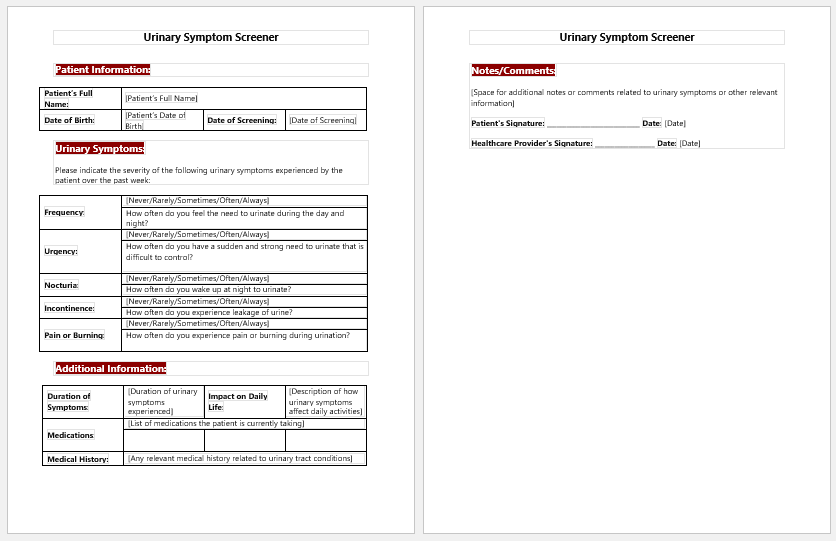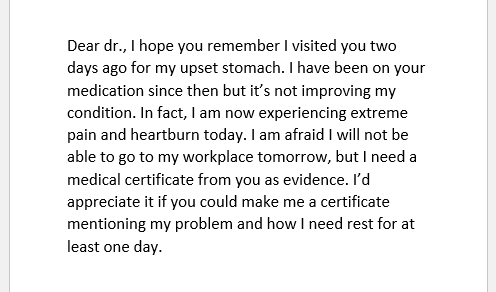Urology is one of the most important branches of the medical sciences. It deals with the study of the urogenital tract of human beings and treats all the associated problems. Our urinary system performs vital bodily functions, like homeostasis, erythropoiesis, and removing toxins, through a highly proficient renal system.
Urinary symptoms
Urinary symptoms are the complaints made by the patient regarding his urinary system. The patient can complain about dysuria, which means he suffers from pain during micturition. The same patient can mention burning micturition, unilateral or bilateral flank pain, bleeding during or after micturition, and the passage of sand during urination. All of these symptoms, and some others, are termed urinary symptoms.
These symptoms help diagnose the problems associated with our urinary system. For example, a patient with dysuria, burning micturition, and lower abdominal pain can suffer from a urinary tract infection due to any cause. Similarly, a patient with pain in his lumbar regions or flanks can suffer from renal stones.
These symptoms give us a clue to the possible underlying problem in the patient’s renal system.
That is why we use urinary symptoms screener charts in hospitals or urology units to filter patients and treat them more thoroughly.

Urinary symptoms screener
- A urinary symptom screener is a questionnaire that is filled out while the patient takes a history. It is used to screen for basic, advanced, or complex renal diseases.
- The urinary symptoms mentioned in the above paragraphs may differ in intensity for different people. This screener uses a grading system to determine the intensity of the pain, incontinence, or hematuria.
- A urinary symptom tracker or screener must include the patient’s name, age, gender, and occupation.
- After that, the doctor elaborately mentions a couple of urinary symptoms to determine how much each affects the patient’s quality of life.
- Let us begin with some of the questions and how they are supposed to be answered in a urinary symptom screener.
- If a patient suffers from incomplete bladder emptying, he is further asked about the frequency with which he has suffered from incomplete emptying in the past couple of days or months. In the next column, some options are given, and the patient has to mark one of the most appropriate answers for his current situation.
- Similarly, if the patient mentions that he has been suffering from urinary frequency, he also has to grade how often he has had to go to the washroom in less than two hours again in the past month.
- The patient is asked a couple of other questions that give his physician a clue about the situation of his urinary symptoms, and this information is further elaborated and used for the correct diagnosis and treatment of the patient’s illness.
- Nursing Documentation Templates
- Mental Health Evaluation Forms
- Forms Used by Pediatricians
- Various Forms Related to Pregnancy Verification
- Common Forms Used by ENT Specialists
- Pain Diary Worksheet Template
- Forms Commonly Used by Old Age Homes
- Medical Treatment Consent Form
- Home Exercise Program Worksheet
- Forms Used for Mental Health Assessment
- Forms Used by Psychologists
- Medical Forms Commonly Used by/for Students
- Assessment Consent Form
- Forms Used by an Anesthesiologist
- Not Fit to Fly Certificate Template



